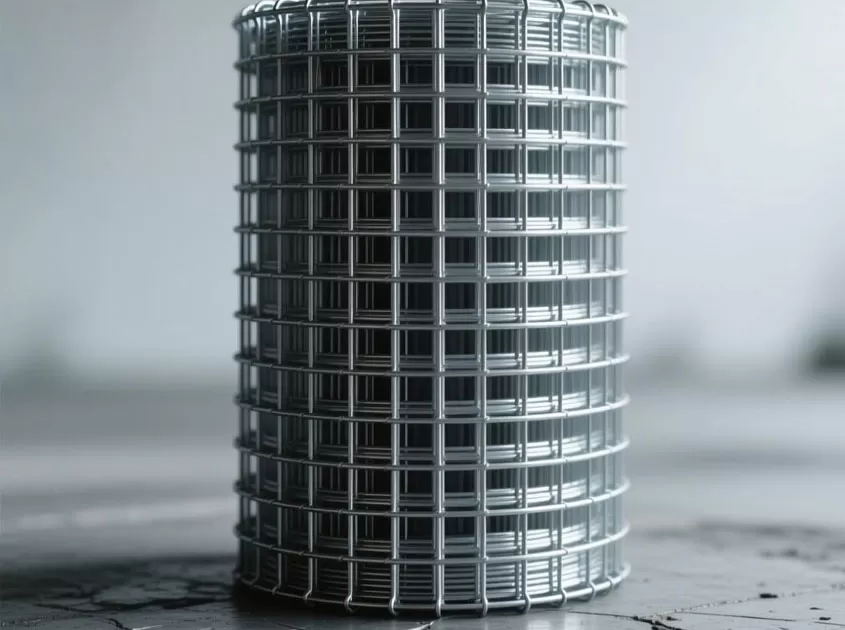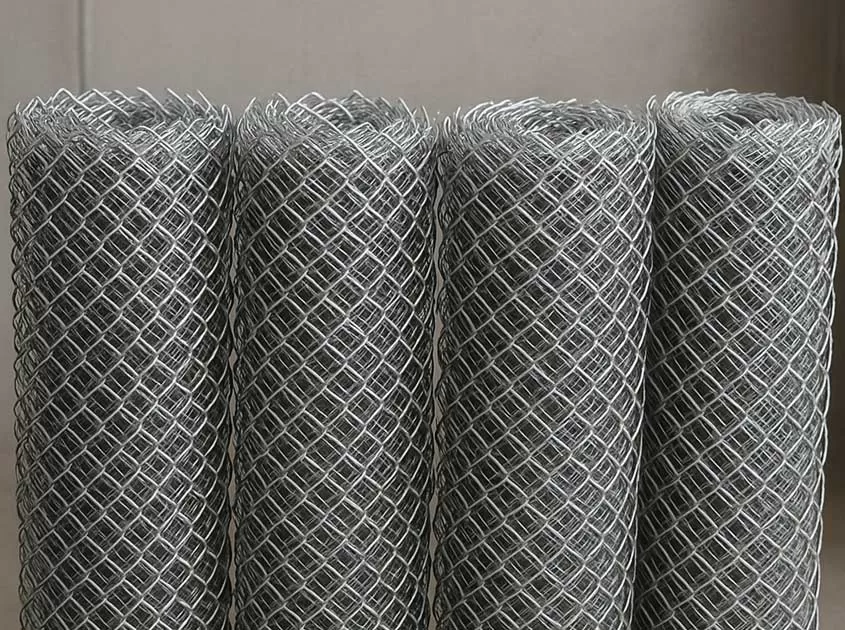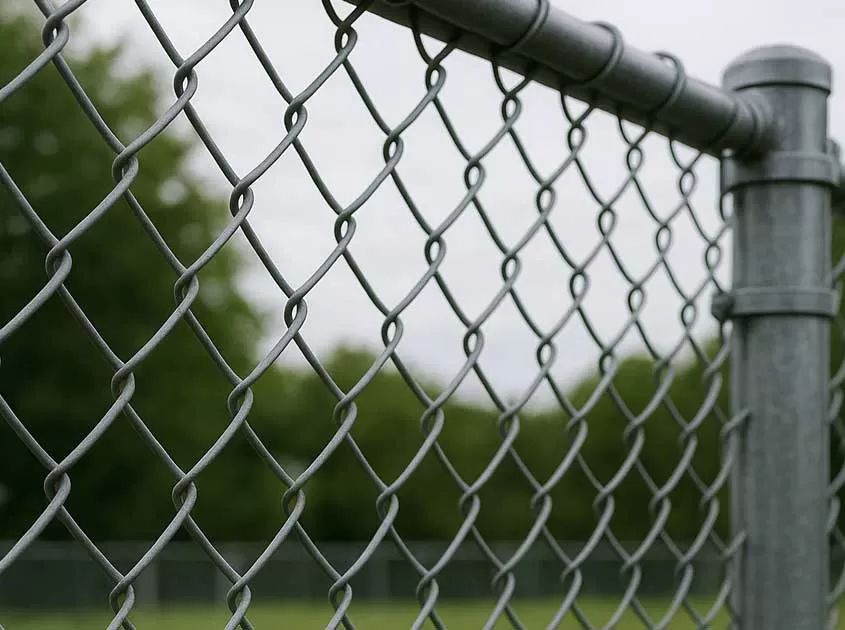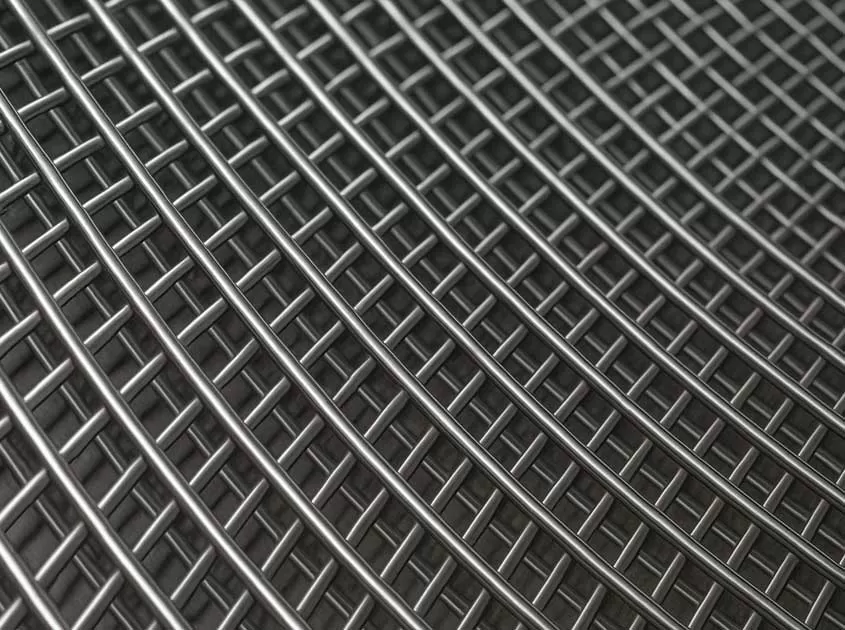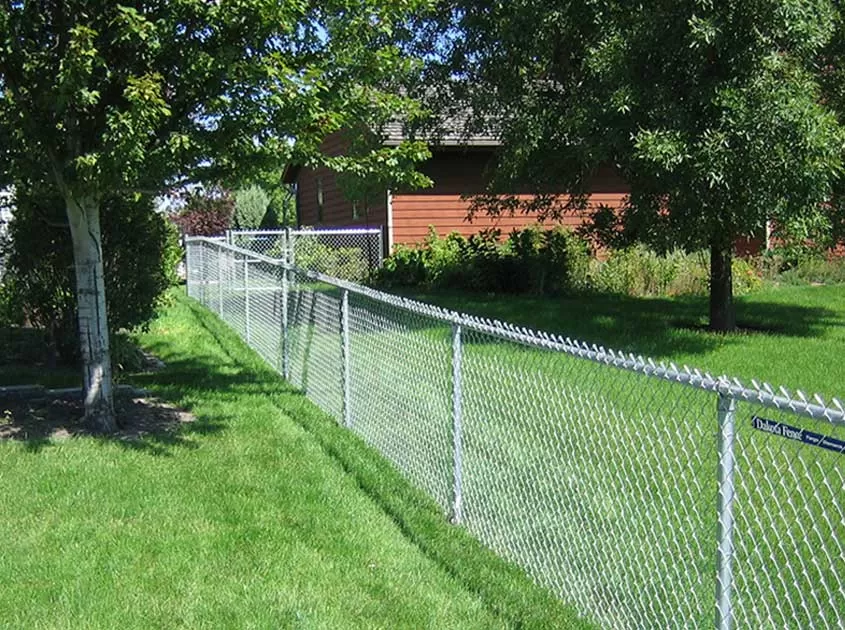The Impact of China Wire Mesh Fence on Wildlife Conservation
China wire mesh fence, known for its manufacturing expertise, plays a significant role in producing wire mesh fences that have a direct impact on wildlife conservation efforts. This article delves into the influence of China wire mesh fences on wildlife conservation, examining their positive effects on habitat protection, wildlife management, and human-wildlife conflict mitigation.
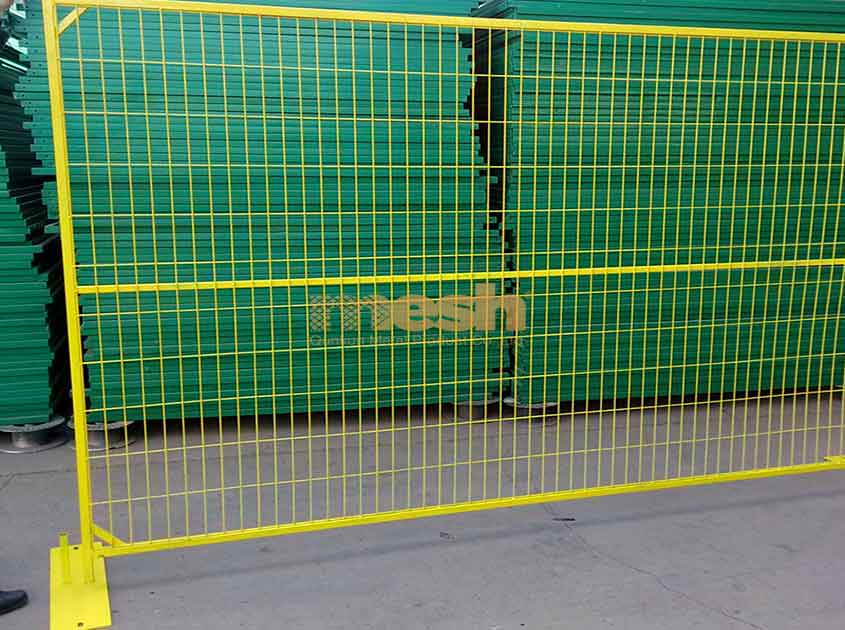
Habitat Protection:
China wire mesh fences contribute to habitat protection by creating physical barriers that prevent human encroachment into sensitive wildlife areas. These fences are commonly used to establish boundaries around national parks, reserves, and protected areas, safeguarding critical habitats from unauthorized human activities. By delineating these spaces, wire mesh fences aid in reducing disturbance to wildlife populations, preserving their natural behaviors, and maintaining the ecological balance of ecosystems.

Wildlife Management:
Wire mesh fences manufactured in China also play a vital role in wildlife management practices. They are employed to create enclosures for captive breeding programs, wildlife rehabilitation centers, and zoological facilities. These fences allow for effective containment and controlled access, ensuring the safety of both captive animals and visitors. Additionally, wire mesh fences aid in the separation of different species or populations, minimizing the risk of interbreeding and maintaining genetic diversity.

Human-Wildlife Conflict Mitigation:
Human-wildlife conflict poses a significant challenge to wildlife conservation efforts. China wire mesh fences provide a valuable tool in mitigating such conflicts by creating buffer zones and protective barriers. These fences can be installed around agricultural lands, residential areas, and infrastructure projects to prevent wildlife intrusion and damage. By minimizing interactions between humans and wildlife, wire mesh fences reduce the risk of negative encounters, protecting both human livelihoods and wildlife populations.
-
 Corrosion-Resistant Stainless Steel Wire Mesh Oct 28, 2025
Corrosion-Resistant Stainless Steel Wire Mesh Oct 28, 2025

- Tel.: +86 311 83077076
- E-mail: sales@qunkunmetal.com
- Skype: qunkunsales01
- WhatsApp: 8618032412189
- Add.: No.69 The Filter Industrial Part of Anping, Hebei, China







